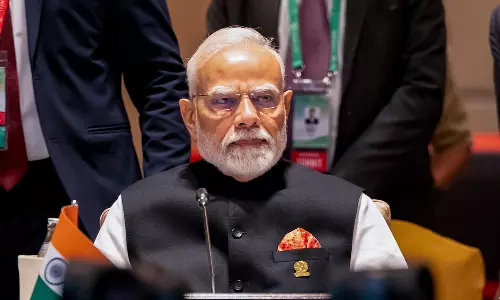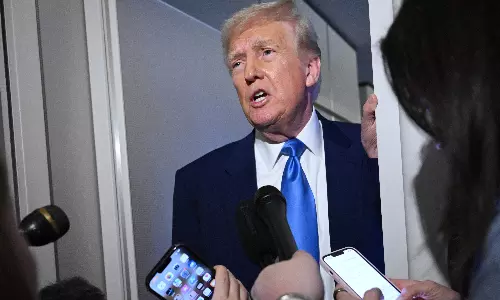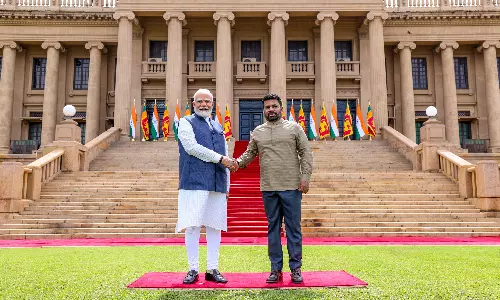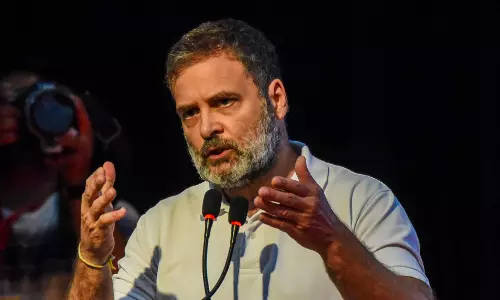Dealing with defence-less security system
Defence preparedness, in simple terms, means readiness to meet an attack from an adversary or to attack the adversary and win a war.;
Defence preparedness, in simple terms, means readiness to meet an attack from an adversary or to attack the adversary and win a war. This is a function of strength and intention of the adversary, own strength in manpower and quality of equipment, doctrines and training and, national will. The strength of own Armed Forces also depends upon by the quality of their leadership, levels of training, ability to absorb and high technology weapon systems and use them effectively, domestic defence technology base, funds available to meet revenue and capital expenditure of the defence forces in a sustained manner and, clarity of political and military objectives. Winning a war requires synergy not only among the three services but full support of the government and the people. This brief note focuses on the state of military hardware and the concerns about technological lag and obsolescence of the equipment held by Indian Armed Forces. There is enough literature available on the subject to indicate that wide gaps remain between the requirement and the present holding of equipment by the three Services. HQs Integrated Defence Staff of the Ministry of Defence issued a Technological Perspective and Capability Roadmap in April 2013 which lays down the technological perspective and capability roadmap. But this still remains a wish list rather than a clear road map.
DRDO has worked on some of the systems and provided some systems to the Armed Forces. However, we are still far from being self-reliant. The number of combat squadrons in the Indian Air Force remains well below the projected requirement; the Army has not inducted field artillery guns and air defence hardware for decades and deficiencies of its surveillance equipment and support and close combat weapons for infantry are far from being made up; and, the Navy is desperately short of modern submarines and some other equipment. India still relies heavily upon imports for weapon systems and allegation of corruption in defence purchases has further complicated the acquisition process.
There have been many instances of the capital component of defence budget not being fully utilised resulting in surrender of the part of the allotted capital budget. Perhaps, an assessment that war is not imminent has made us complacent in not putting efforts to shorten the acquisition cycle and procuring the required equipment. It, however, needs to be realised that the shortfalls in critical equipment is pilling up and obsolete equipment is not being replaced in time thereby affecting the defence preparedness of the Armed Forces.
India needs to take urgent measures to make up the deficiencies in weapon systems and equipment for the three services lest it should reach a stage wherein a sudden military threat compels it to resort to emergency procurement at higher costs to meet the basic necessities of its Armed Forces as it happened during the Kargil conflict in 1999.
The writer is deputy director-general, Institute for Defence Studies and Analyses





